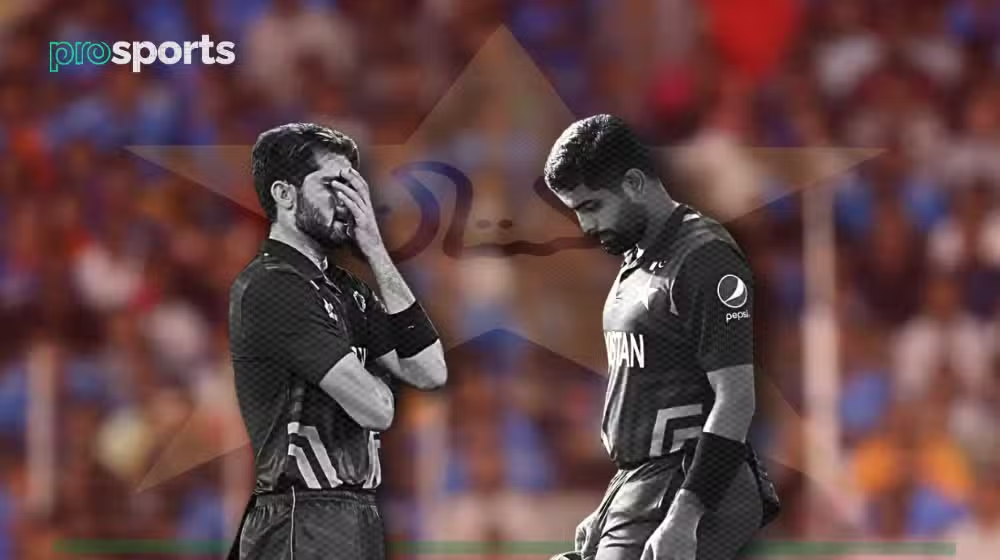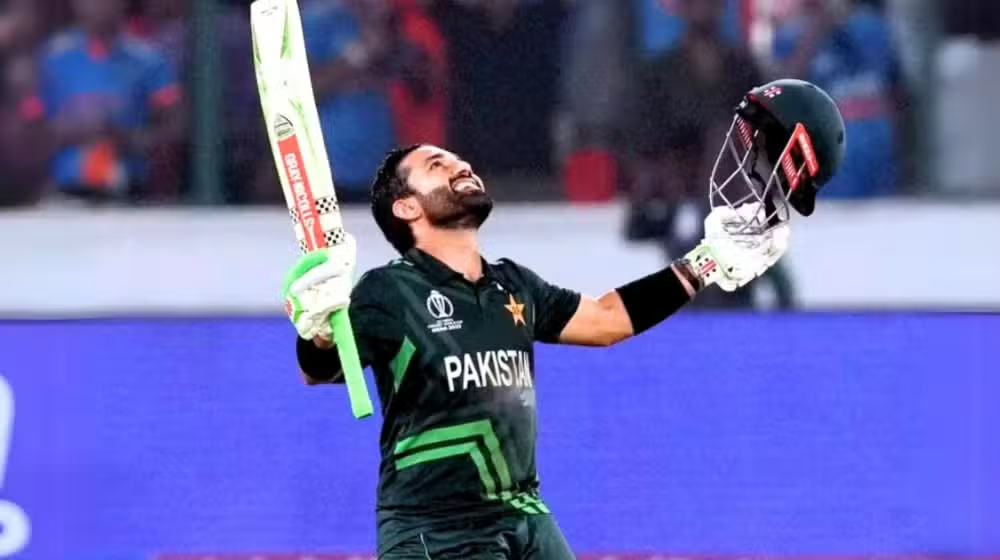What’s Really Going Wrong With Pakistan Cricket?

Pakistan Cricket : The Struggles, Strengths, and Road to Revival
Pakistan Cricket
Pakistan cricket has always been a fascinating mix of brilliance and chaos. One day, the team can defeat the world champions with flair; the next, they might collapse against a side barely known in the cricketing world. This unpredictability has historically been part of the charm the drama that kept fans glued to their screens. However, in recent years, this unpredictability has started to feel less like a thrilling twist and more like an alarming pattern of instability.
In this article, we’ll dive into the real issues surrounding Pakistan cricket, explore the roots of its struggles, and discuss what needs to be done for a long-term revival.1
The Decline: From Charm to Concern
Pakistan’s inconsistency is no longer just an occasional off day. In recent years, they have repeatedly lost to lower-ranked teams, even associate nations, which is not just a bad patch but a persistent pattern. While other cricketing nations are building long-term plans and nurturing young talent, Pakistan seems to be stuck in a cycle of short-term fixes.
1. Management Musical Chairs – A Leadership Crisis
Strong teams thrive on stability, but Pakistan cricket has been plagued by constant changes in management. One month there’s a new head coach, the next there’s a different captain. This revolving door of leadership means there’s no time to establish a proper strategy or develop a winning culture.
In comparison, teams like Australia and India maintain consistent leadership, giving them time to build trust and systems that work. Pakistan needs to learn the value of continuity if it wants to regain its former glory.
2. Poor Injury Management – The Silent Career Killer
Injuries are a part of sports, but the way they are handled can make or break a player’s career. Unfortunately, Pakistan’s injury management has often been careless. Talents like Shaheen Afridi, Naseem Shah, and Ihsanullah have been rushed back too soon, risking long-term damage.
The case of Abid Ali is another example. After a dream debut, he faced a health scare, and instead of being supported, he seemed forgotten. Other cricket boards ensure full rehabilitation for their stars, but Pakistan’s system often leaves players to manage recovery on their own.
3. Wasting Young Talent – The One-Season Syndrome
Pakistan has always been a talent factory, producing players with exceptional skills. However, many careers have been cut short due to impatience and poor development programs.
Names like Sami Aslam, Zafar Gohar, and Usman Khan have moved abroad for better opportunities. Rising stars like Haider Ali and Qasim Akram have faded away after early hype.
The problem lies in the “one bad season and you’re out” mentality. Young players need patience, mentoring, and proper domestic support not constant chopping and changing.
4. Politics Over Cricket – A Never-Ending Distraction
Cricket in Pakistan is deeply intertwined with politics. Since the PCB chairman is appointed by the Prime Minister, every political change triggers a shake-up in cricket’s administration. This means new leadership, new plans, and new instability every few years.
Currently, PCB chairman Mohsin Naqvi also serves as a federal minister, which raises concerns about divided attention. Political appointments have been a recurring theme since Najam Sethi’s time, and the sport continues to suffer from these external influences.
5. Personal Glory Over Team Spirit
At times, it appears players are more focused on personal milestones than team success. This mindset is partly fueled by job insecurity one bad series can mean losing your place in the squad. As a result, players start prioritizing individual stats over match situations.
Cricket is a team sport, and when trust among players breaks down, it reflects in body language, decision-making, and results on the field.
6. Dressing Room Divides – The Hidden Enemy
Perhaps the most worrying issue is the lack of unity in the dressing room. Internal rivalries, ego clashes, and jealousy can destroy even the most talented squad. Reports of players resisting feedback or undermining each other are damaging the team culture.
A champion side is built on humility, mutual respect, and the will to improve together. Without these qualities, Pakistan will continue to struggle, no matter how talented the roster.
7. The Way Forward – Time for Serious Reform
The problems are clear: unstable management, poor player welfare, wasted talent, political interference, and lack of unity. The solutions require bold and consistent action:
-
Stability in leadership – Appoint long-term coaches and captains.
-
Talent development programs – Prioritize player health over short-term gains.
-
Talent development programs – Invest in domestic cricket and support young players through rough patches.
-
Keep politics out – Appoint professionals based on merit, not political affiliation.
-
Team-building culture – Foster trust, communication, and collective goals.
Fans are still loyal, still hopeful, and still passionate. The question is will the people in charge finally listen?
Conclusion
Pakistan cricket is at a crossroads. It has the talent to dominate world cricket but lacks the structure and vision to achieve it consistently. The rollercoaster of highs and lows will continue unless systemic changes are made. The team, the board, and the entire cricketing ecosystem must unite with a long-term vision.
Pakistan cricket deserves better and so do its fans. The time to act is now.




